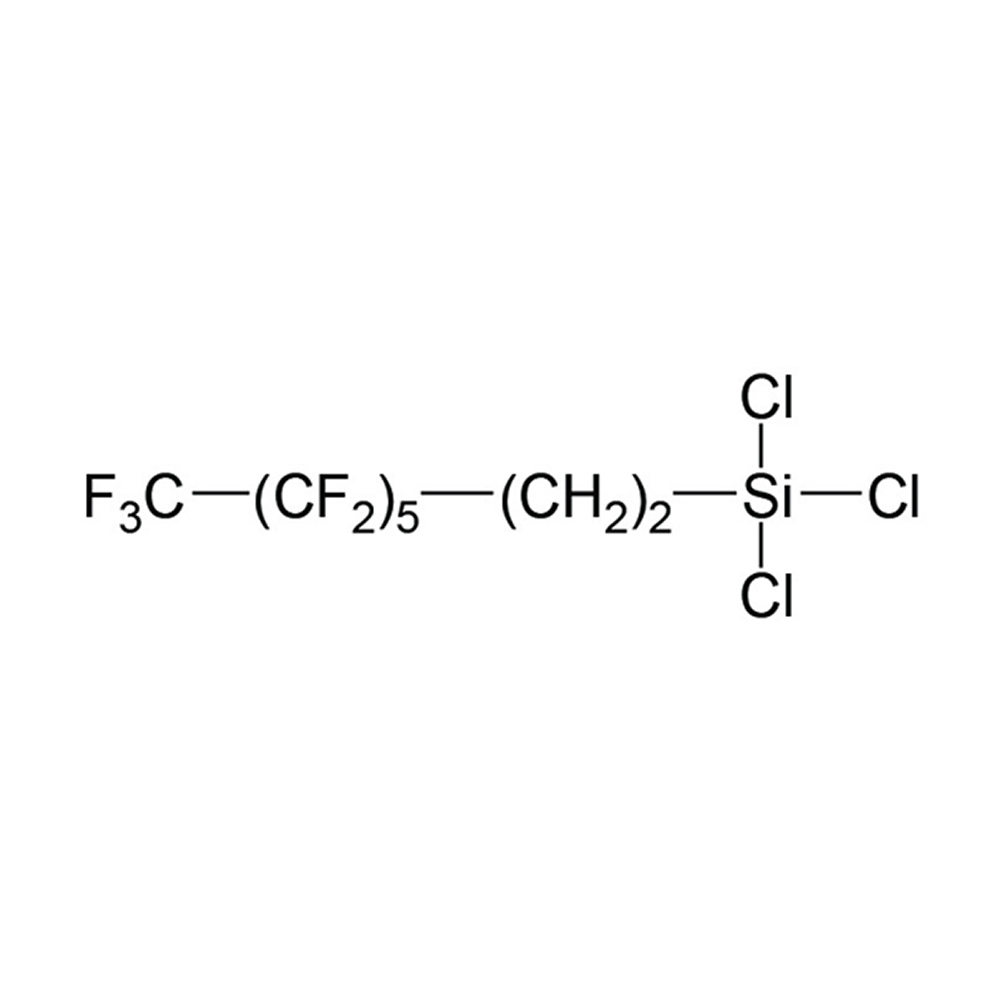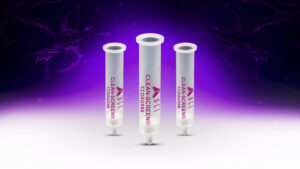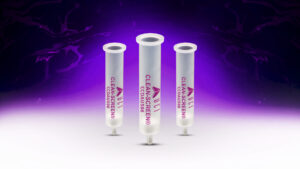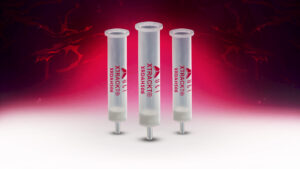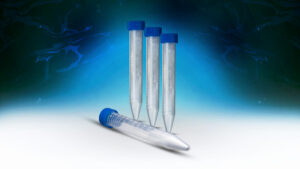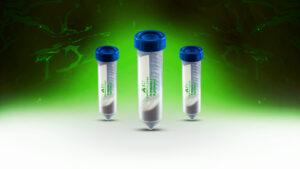UCT Silane Cited in Biomolecular Engineering Paper
Three-dimensional pluripotent stem cell (PSC) cultures have the ability to undergo differentiation, self-organization, and morphogenesis to yield complex, in vitro tissue models that recapitulate key elements of native tissues. These tissue models offer a system for studying mechanisms of tissue development, investigating disease mechanisms, and performing drug screening. It remains challenging, however, to standardize PSC aggregate differentiation and morphogenesis methods due to heterogeneity stemming from biological and environmental sources. It is also difficult to monitor and assess large numbers of individual samples longitudinally throughout culture using typical batch-based culture methods. Pluripotent stem cells (PSCs) have the ability to self-renew and differentiate to the three germ lineages. In particular, when PSCs are cultured as three-dimensional (3D) cellular aggregates, they mimic many of the biochemical and biophysical interactions that occur during in vivo early embryonic development.
In a paper authored by E. L. Jackson-Holmes et al., in Lab on a Chip ((2017), 17, 3634), UCT’s silane, tridecafluoro-1,1,2,2- tetrahydrooctyl-1-trichlorosilane, was employed in an integral role in a vapour form to produce a polydimethylsilane (PDMS) master in a procedure in which a microfluidic platform was developed for culture, longitudinal monitoring, and phenotypic analysis of individual stem cell aggregates. This novel platform uses a hydrodynamic loading principle to capture pre-formed stem cell aggregates in independent traps. The authors demonstrate that multi-day culture of aggregates in this platform reduces heterogeneity in phenotypic parameters such as size and morphology. Additionally, it was shown that culture and analysis steps can be performed sequentially in the same platform, enabling correlation of multiple modes of analysis for individual samples. It is anticipated that this platform being applied will improve abilities for phenotypic analysis of PSC aggregate tissues and help facilitate research in standardizing culture systems in order to dually increase the yield and reduce the heterogeneity of PSC derived tissues.
The generation of PSC derived tissue models has broad applications in studying mechanisms of tissue development, in disease modeling, and in drug screening. This article shows why when biomolecular engineers are looking for the finest of specialty chemicals turn to UCT as their first choice. For more information regarding UCT specialty chemicals including silanes, applications and methods please turn to https://specialties.unitedchem.com/.

